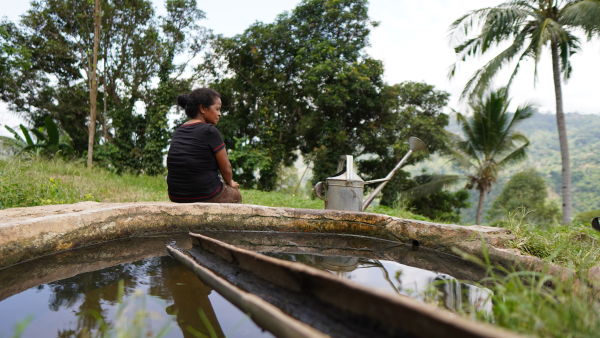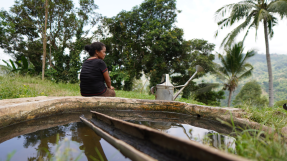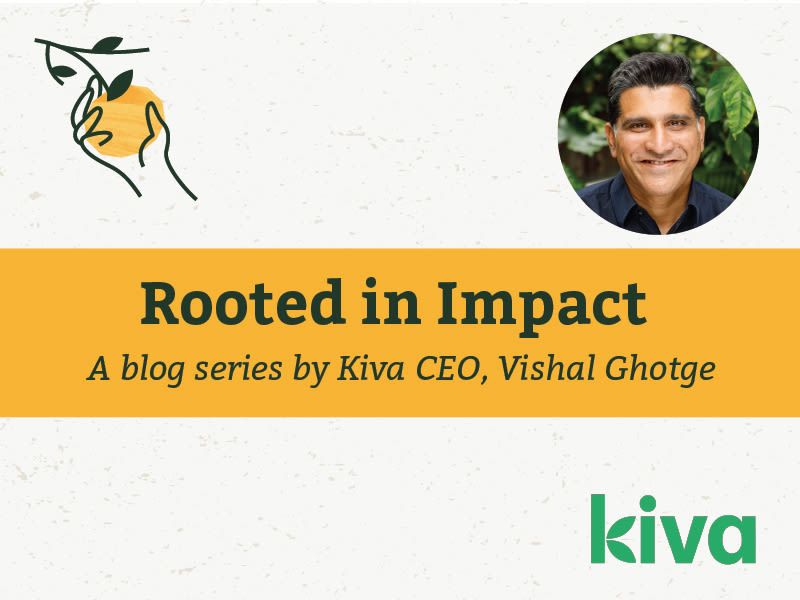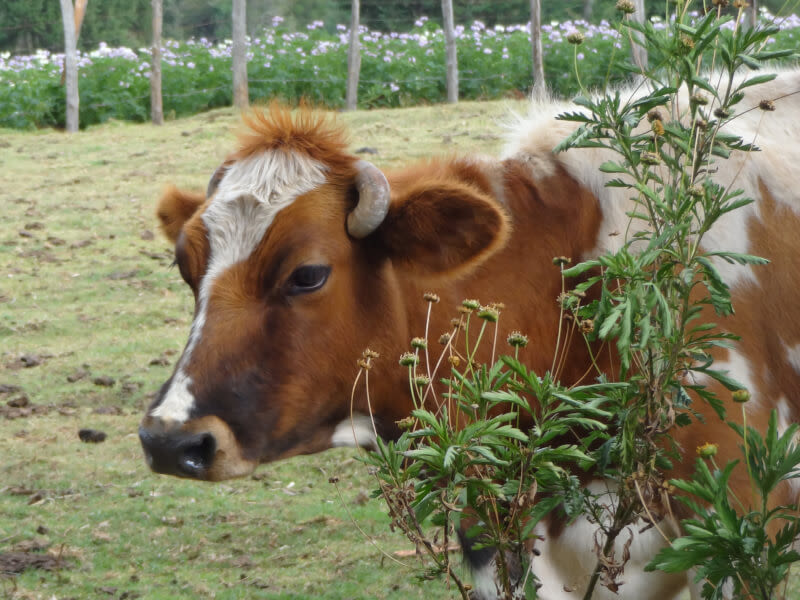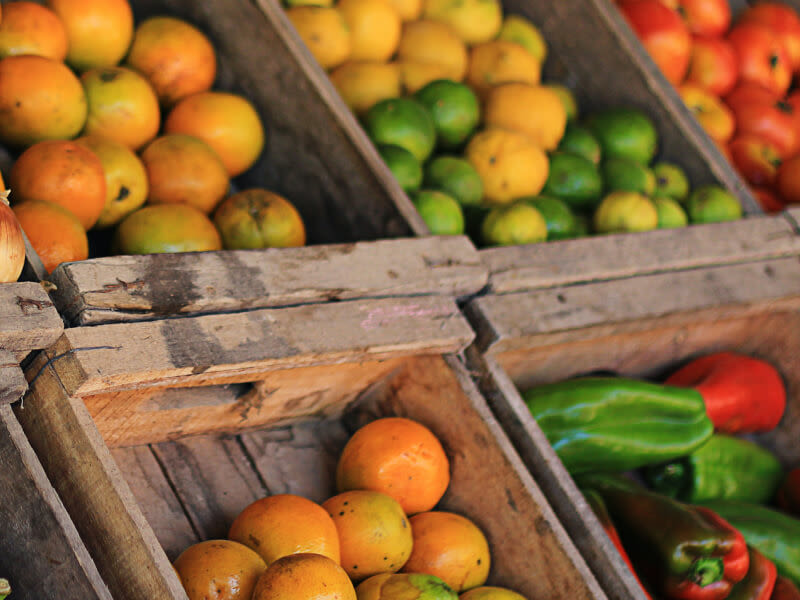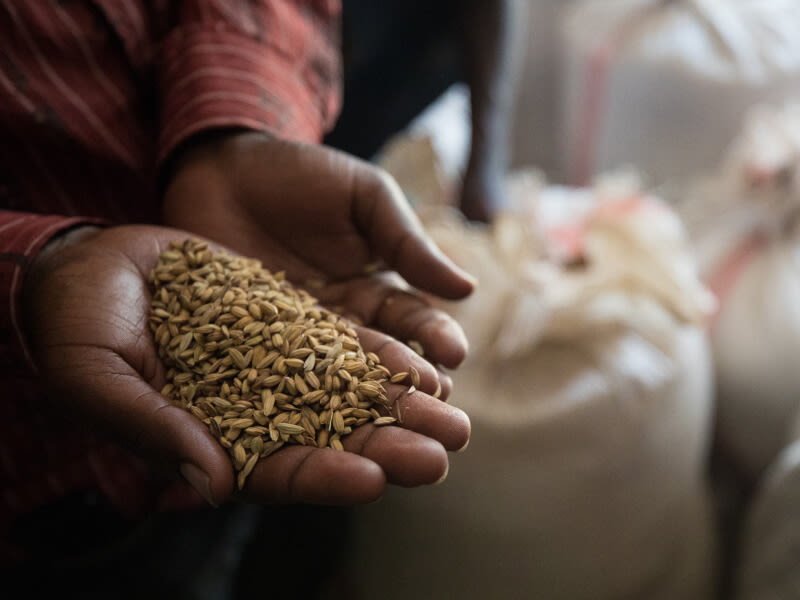When we talk about climate change, it tends to be about the disasters themselves: Floods, fires, blistering temperatures, rising seas. But extreme weather also affects people’s lives and livelihoods to the point that millions have been forced to leave their homes, causing significant migration in regions around the world. These climate refugees are the first to bear the full brunt of a changing planet—and they surely will not be the last.
What is a climate refugee?
Climate refugees—sometimes referred to as “climate migrants” or “environmental migrants”—are people who are forced to leave their homes and communities because of the impacts of climate change. When high winds destroy homes or long-term drought prevents growing crops, many people have no choice but to flee. Many are from developing countries that already face economic challenges and political instability, and the climate crisis compounds these factors when communities are unable to sustain their incomes and maintain sources of food and clean water.
From back-to-back hurricanes that flattened villages in Central America to massive flooding in Bangladesh, climate refugees are escaping natural catastrophes and conditions from which they’re unable to recover. These adverse environmental conditions are often called “threat multipliers,” meaning they can intersect with armed violence or other humanitarian crises, sowing further conflict and worsening circumstances. For people facing such difficulties, the risk of displacement outweighs the reality that their homes are no longer capable of providing safety or sustenance.
Read more: 5 ways to actively help the earth
How many climate refugees are there?
According to the United Nations High Commissioner for Refugees (UNHCR), an average of 21.5 million people per year since 2008 have been displaced globally from climate-related hazards, including:
Floods
Storms
Wildfires
Extreme temperatures
That means there are more than 320 million climate refugees who have left their homes thus far, and the issue does not appear to be slowing down. More than 3 billion residents still live in areas prone to climate change disaster, and the Institute for Economics & Peace (IEP) reported in 2020 that the number of environmentally-displaced people could total more than 1.2 billion by 2030.
With so many climate refugees leaving their homes to cross international borders, many are anticipating that this will have a tremendous effect on global relations and allocation of resources.
“This will have huge social and political impacts, not just in the developing world, but also in the developed [world], as mass displacement will lead to larger refugee flows to the most developed countries,” says IEP founder and co-chair Steve Killelea.
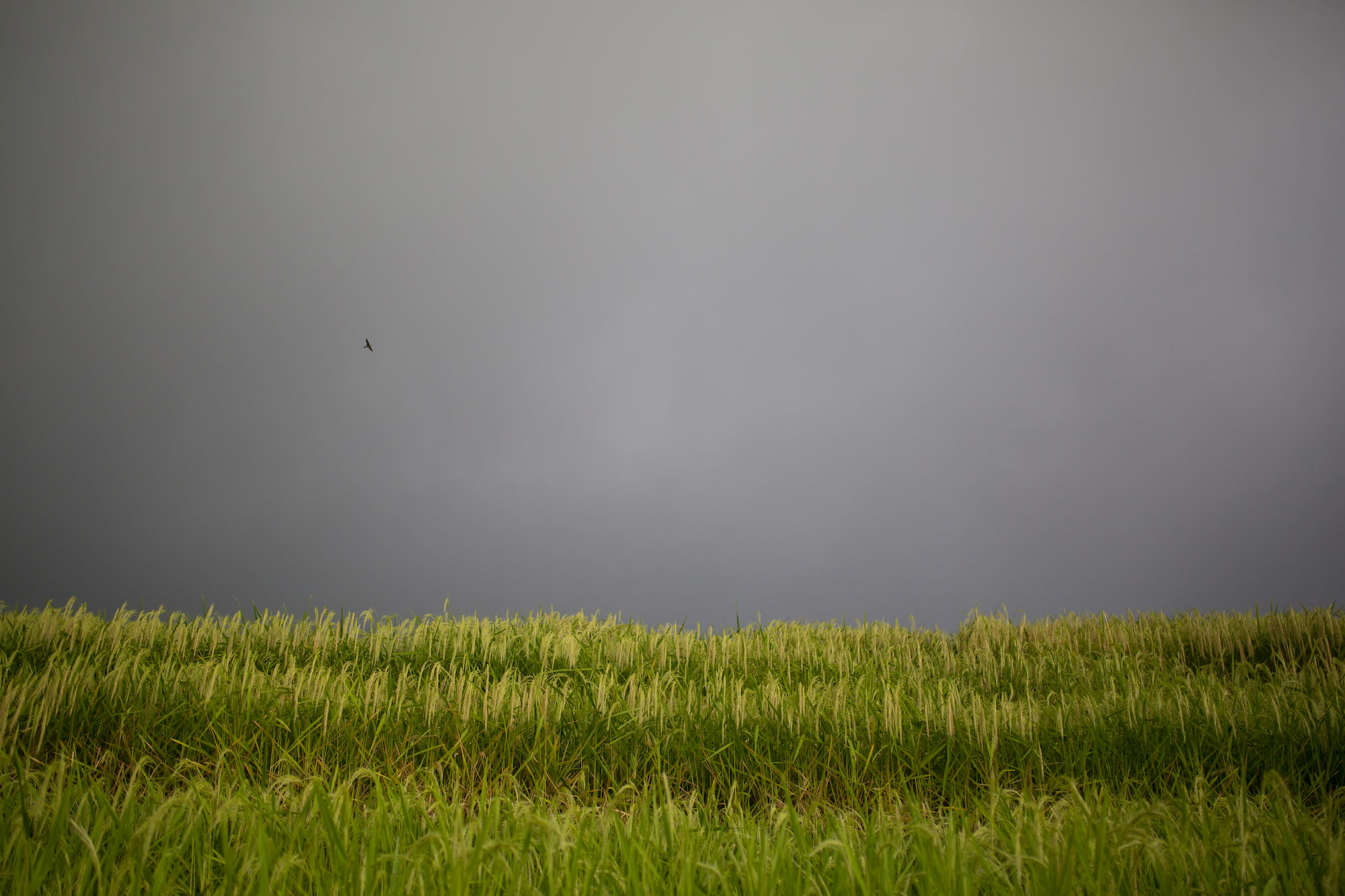
How does climate change affect migration?
Displacement due to environmental disasters continues to surge. Countries and communities are being forced to respond to growing transient populations and shift how resources are allocated.
“Both internal and international migration patterns will continue to be affected as temperatures increase, sea levels rise, and storms become stronger and more frequent.”
Some climate refugees seek shelter within their countries’ own borders. The World Bank estimates there could be 216 million internal climate migrants by 2050; in Latin America, South Asia, and sub-Saharan Africa where more than half of the developing world’s population lives, these regions could produce 143 million internal environmental refugees alone.
But extreme conditions combined with lack of resources and/or political instability are increasingly forcing individuals and families to traverse into neighboring countries. Those who once grew their own crops and supported community infrastructure must now rely on host countries to provide their basic needs, exposing them to risks experienced many refugees, such as:
More competition for food, water, and energy
Increased frequency and severity of disease outbreaks
Prejudice or poor treatment by host countries’ citizens
Both internal and international migration patterns will continue to be affected as temperatures increase, sea levels rise, and storms become stronger and more frequent. Responding to the climate crisis and the refugees it produces must be part of the larger strategy of dramatically reducing greenhouse gasses and dependence on fossil fuels while helping all of the world’s citizens become more resilient to the effects of climate change.
Read more: How to help smallholder farmers respond to climate change

Climate refugee examples
Every type of climate disaster has produced its share of climate refugees and environmental migrants in almost every region on the globe:
In East Africa, extreme drought has shriveled crops and killed off livestock, leaving 36 million people without access to clean water or basic nutrition. The same erratic rainfall patterns have caused flash floods in Sudan and Uganda, washing away healthcare facilities and polluting water sources.
Hurricanes Eta and Ian devastated parts of Mexico, Guatemala, Honduras and other Central American countries, resulting in mudslides and flooding that destroyed crops and buried entire communities.
Scientists forecast that by 2050, 17 percent of Bangladesh will be underwater due to flooding caused by climate change, leading to as many as 20 million more climate refugees in Southeast Asia.
The tiny island nation of the Maldives in the Indian Ocean may become 80 percent uninhabitable by 2050, destroying its tourism economy and forcing the majority of its citizens to become environmental migrants.
In the United States, wildfires have ravaged California and Nevada, causing millions of dollars in damage and displacing hundreds of thousands of people. Louisiana and Mississippi have already produced their own climate refugees from rising sea levels and flooding, and low-lying coastal areas of the U.S.’s South are expected to produce more.
How to help
Climate refugees are like other refugees in that they have been forced to leave their homes, their livelihoods, and their communities. As their basic needs of food, safe shelter, and access to medical care are stabilized, their futures remain uncertain. For many coming from regions subsumed by rising seas or destroyed by drought, they may never be able to return home.
Kiva loans help refugees rebuild their lives by offering the opportunity of financial inclusion. Kiva lenders help refugees and displaced people open businesses, pursue education, and improve their livelihoods, no matter where the weather takes them. You can lend to a refugee or internally displaced person here.

